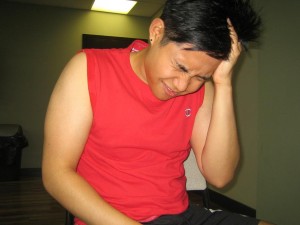Strep throat is a form of throat infection brought about by the streptococci bacteria. As a contagious condition, it spreads from one individual to another and common among school-age children.
What are the signs?
The usual indications of strep throat include:
- Reddened, sore throat
- Fever and chills
- Painful and difficulty swallowing
As a contagious condition, it spreads from one individual to another and common among school-age children. - Enlarged, sore lymph nodes in the neck
- Tiredness
- Headaches
- Fine, red-colored rashes on the arms and trunk
- Appetite loss
- Muscle pain
Management of strep throat
If an individual is suspected with strep throat, an antibiotic is prescribed before the laboratory results are available. The drug can be taken orally or administered as a shot.
The signs of strep throat might settle as soon as 24 hours after treatment is started. The symptoms do not typically last longer than 5 days.
It is vital to take the prescribed drug as instructed, even after the symptoms have settled to prevent the recurrence of the infection. Remember that strep requires treatment to prevent serious issues it can cause such as rheumatic fever.
If ignored or not treated, strep throat can lead to rheumatic fever. This condition is a reaction to the strep infection that can impair the heart valves and affect the nervous system and the joints.
Other self-care measures for strep throat include:
- Increased intake of fluids such as clear soup or water. Avoid eating solid foods if the throat is painful.
- Gargle using salt water
- Limit or stop smoking and avoid exposure to secondhand smoke
- The individual should suck on lozenges or hard candy
- Allow the voice to rest by limiting speaking
- Apply a warm compress on the neck
- A humidifier or vaporizer can be used to add moisture to the air
In case fever is present, the individual should rest and limit any activity until the body temperature has lowered.

